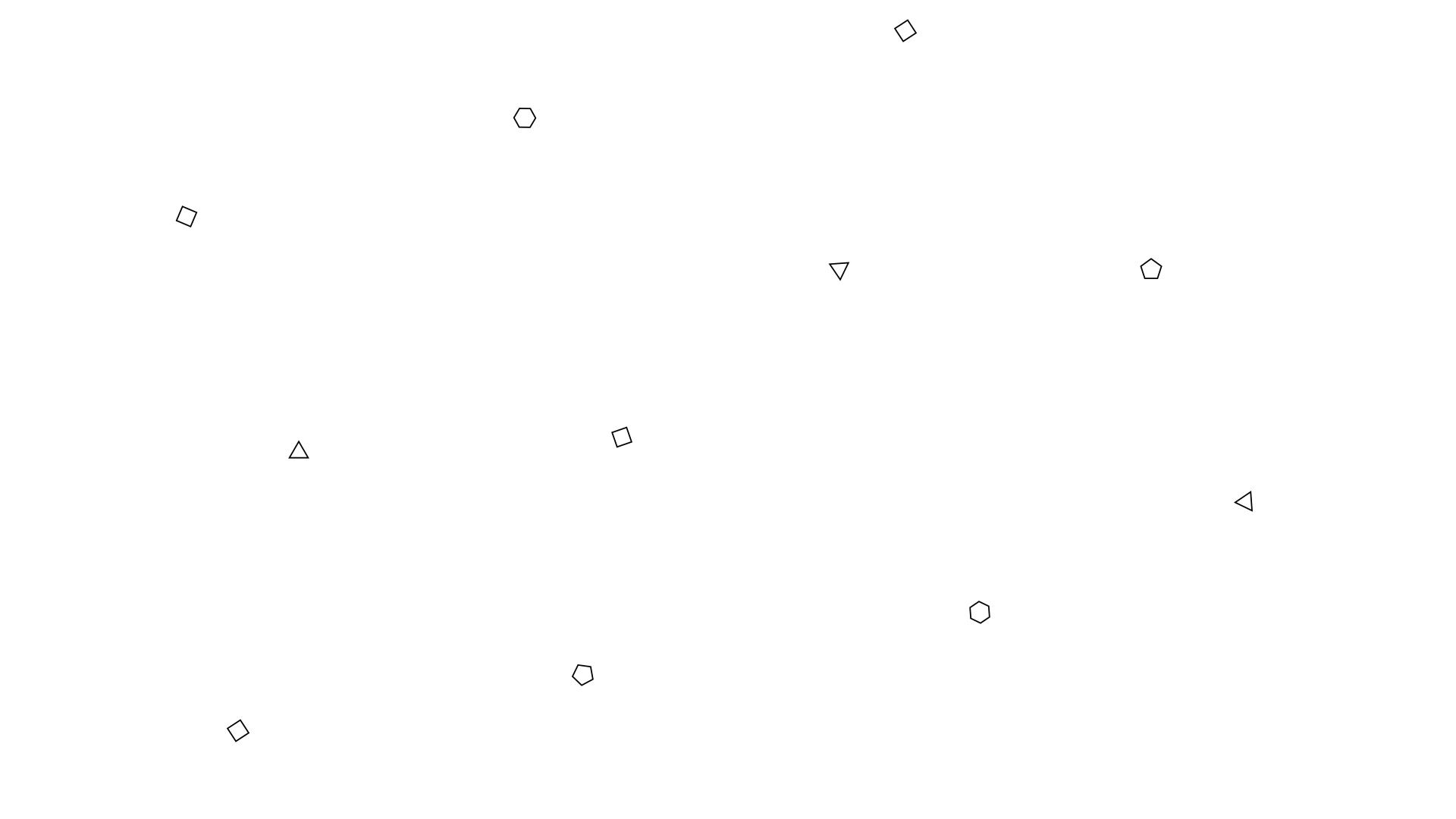


MATERIAL
Selecting the right 3D printing material depends on the specific requirements of your project. Each material has its unique strengths and characteristics, catering to different application needs. By understanding these properties, you can make an informed choice that aligns with your project goals.

01
PLA/PLA+ (Polylactic Acid Plus)
-
Overview: PLA+ is an enhanced version of PLA filament, known for its biodegradability and ease of use.
-
Properties:
-
Strength: Offers good tensile strength and stiffness suitable for general-purpose applications.
-
Printability: Easy to print with minimal warping and excellent first layer adhesion.
-
Appearance: Produces smooth and glossy prints with vibrant colors.
-
Environmental Impact: PLA+ is derived from renewable resources and is biodegradable, making it eco-friendly.
-
-
Common Applications:
-
Prototyping and concept models.
-
Artistic and decorative objects.
-
Educational projects.
-
02
ABS+ (Acrylonitrile Butadiene Styrene Plus)
-
Overview: ABS+ is an improved version of standard ABS filament, known for its durability and versatility.
-
Properties:
-
Strength: Offers high impact resistance and toughness, suitable for functional parts.
-
Printability: Requires a heated build platform to prevent warping and achieve good adhesion.
-
Temperature Resistance: Can withstand higher temperatures compared to PLA.
-
Post-Processing: Can be sanded, painted, and chemically smoothed for improved surface finish.
-
-
Common Applications:
-
Functional prototypes and mechanical parts.
-
Automotive components.
-
Household items.
-


03
PETG+ (Polyethylene Terephthalate Glycol-Modified Plus)
-
Overview: PETG+ is an upgraded version of PETG filament, known for its balance between strength and ease of printing.
-
Properties:
-
Strength: Offers good impact resistance, making it suitable for durable parts.
-
Printability: Combines ease of printing with minimal warping and strong layer adhesion.
-
Transparency: PETG+ can be transparent, making it suitable for see-through applications.
-
Chemical Resistance: Resistant to chemicals and UV radiation.
-
-
Common Applications:
-
Food-safe containers and packaging.
-
Medical applications.
-
Mechanical components.
-
04
PC (Polycarbonate)
-
Overview: PC filament is known for its exceptional strength and heat resistance.
-
Properties:
-
Strength: Has high impact resistance and can withstand significant mechanical stress.
-
Heat Resistance: Can handle high temperatures without warping, making it suitable for functional parts.
-
Transparency: PC can be transparent or translucent, suitable for applications requiring optical clarity.
-
Post-Processing: Can be polished for a smooth and glossy finish.
-
-
Common Applications:
-
Engineering components subjected to high stress.
-
Transparent enclosures and lenses.
-
Aerospace and automotive parts.
-


05
Nylon
-
Overview: Nylon filament is known for its strength, flexibility, and durability.
-
Properties:
-
Strength: Offers high tensile and impact strength, making it suitable for robust applications.
-
Flexibility: Nylon is flexible and resistant to bending and impact.
-
Chemical Resistance: Resistant to chemicals and solvents.
-
Printability: Requires careful consideration of print settings to prevent warping and achieve good adhesion.
-
Common Applications:
-
Functional mechanical parts.
-
Wear-resistant components.
-
Custom gears and connectors.